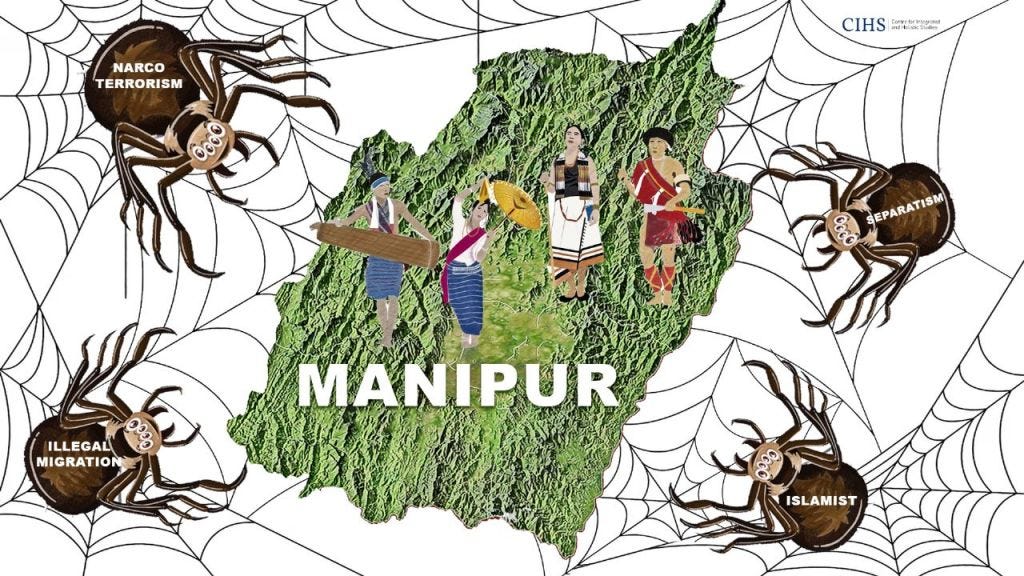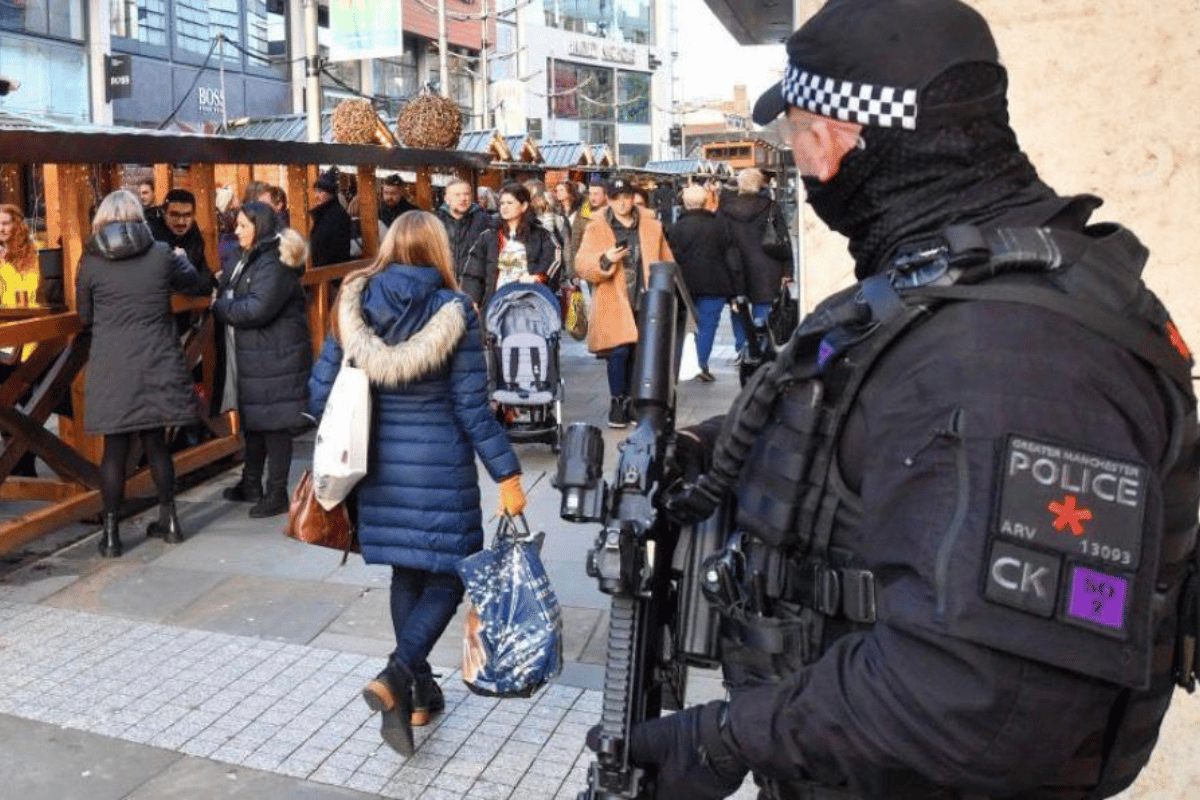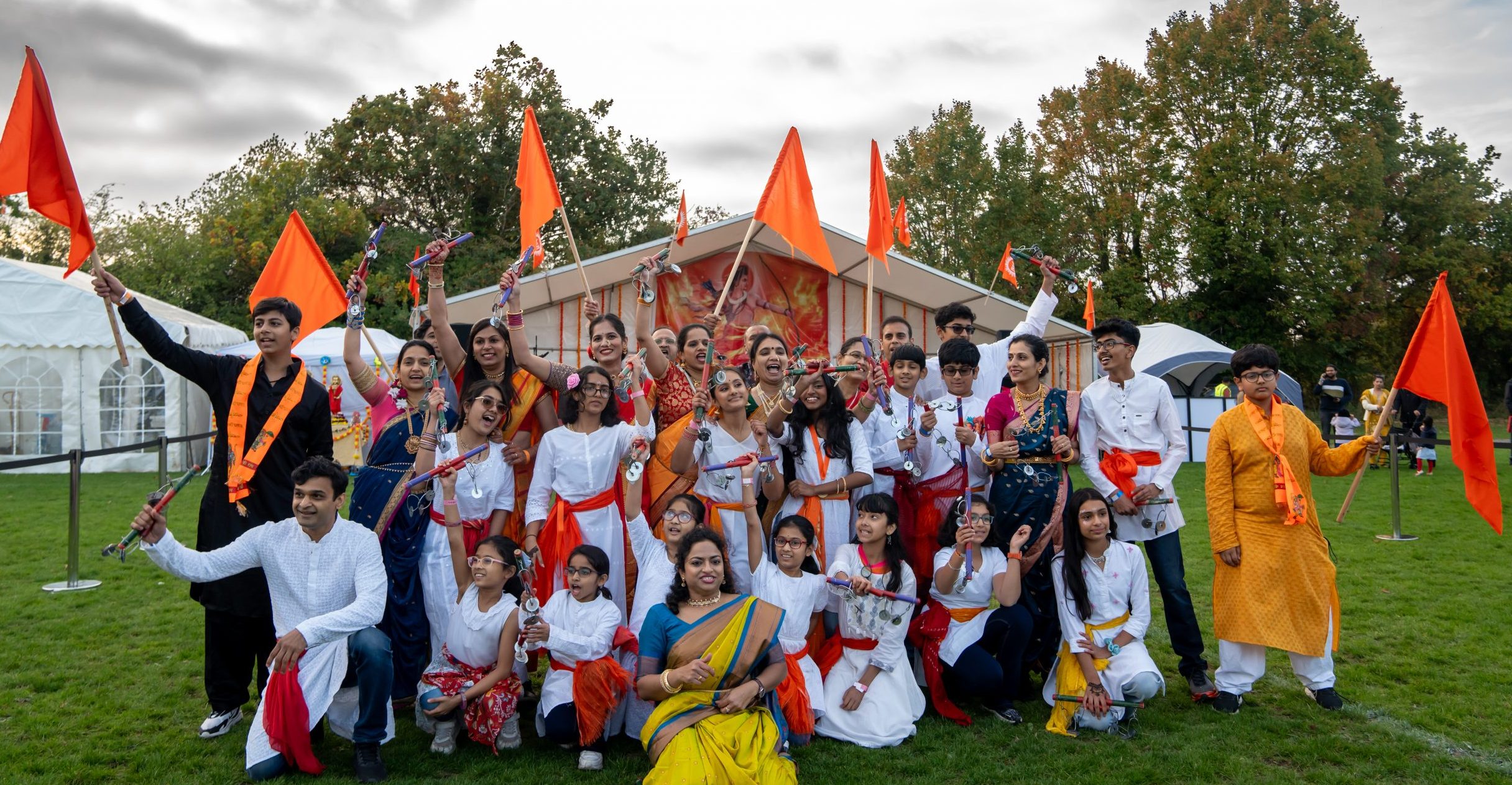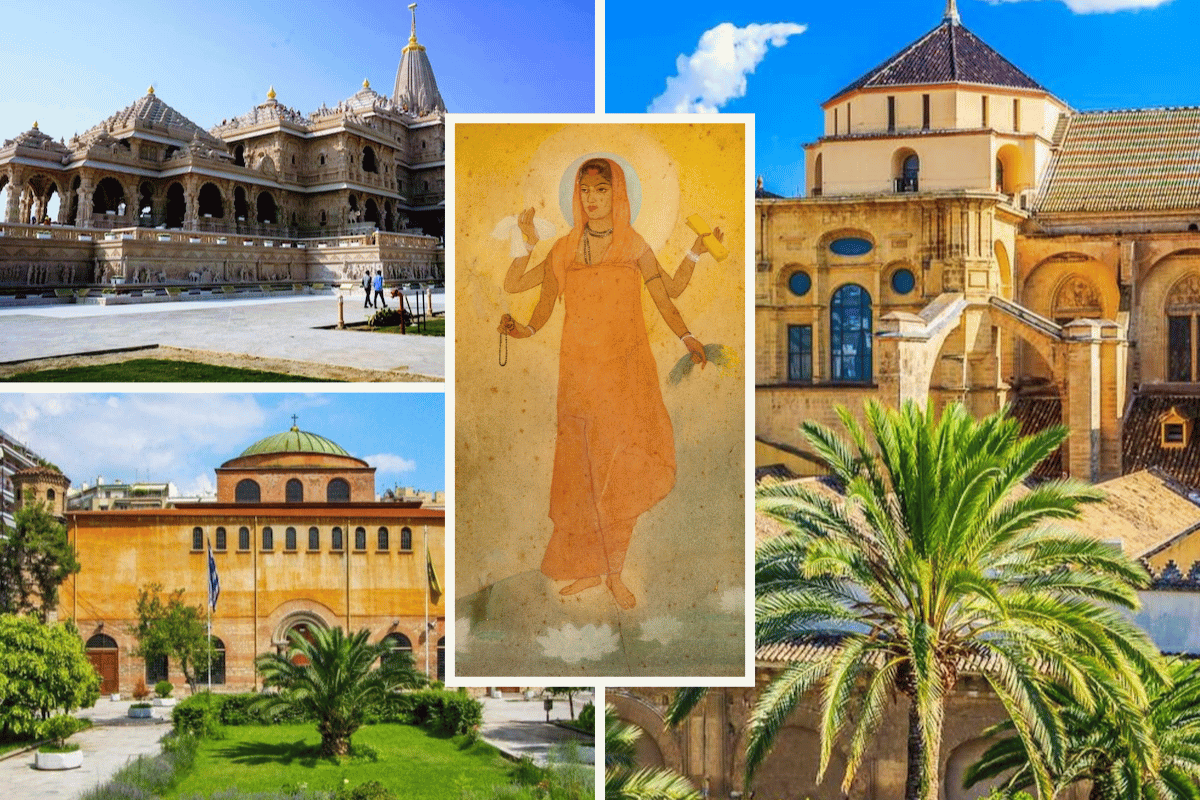
With archaeological evidence, we expose the misinformation, propaganda, and prejudiced narratives present in some of the media’s coverage of the consecration of the Shri Rām Janmabhoomi Mandir (temple).
22nd January was a momentous day for over 1 billion Hindus across the world for it was the day when the 500-year struggle for the sacred Rām Mandir at his birthplace was inaugurated in Ayodhya. Many non-Hindus, including those from the Muslim community also shared the joy and congratulated Hindus on the occasion.
However, there were some in the media that unsurprisingly used the occasion to spread malicious and hateful headlines to demean Hindus and India and to incite hate and violence between Hindus and Muslims.

With archaeological evidence, we expose the misinformation, propaganda, and prejudiced narratives present in some of the media’s coverage of the consecration of the Shri Rām Janmabhoomi Mandir (temple).
The Archaeological Survey of India (ASI) conducted two surveys at the site where the so-called Babri “mosque” once stood. The first in the late 1970s and then again in 2003.
The first survey was led by K. K. Muhammed, the former General Director of ASI. The second survey was carried out by a team that included 3 Muslim archaeologists.
Here is a selection of some of the photos showing the remains of an ancient temple discovered during the excavations at the Rām Janmabhoomi in Ayodhyā.
On the walls around the mosque, the team found engravings of Hindu deities which were defaced and there was a brick base on which the pillars were standing.
~ K. K. Muhammed, Former General Director of ASI

While we were exploring the area around Babri Masjid, we found that the structure was standing on 12 temple pillars. All the temple pillars had Purna Kalasha which is one of the eight auspicious symbols of Hinduism and also a symbol of prosperity.
~ K. K. Muhammed, Former General Director of ASI

We also found terracotta idols in the area, which you can never think of getting in a mosque area as these are prohibited in Islam. These were the initial findings on which we concluded that there existed a temple underneath the mosque.
~ K. K. Muhammed, Former General Director of ASI

Why did the likes of the BBC, The Guardian and the rest fail to mention the whole truth?
Why did they ignore the archaeological survey showing unquestionable evidence that an ancient Hindu temple existed below the “mosque”?
Who will hold these media outlets accountable for their blatant lies, half-truths and hate for Hindus and India, as well as inciting hate and violence between Hindus and Muslims?









